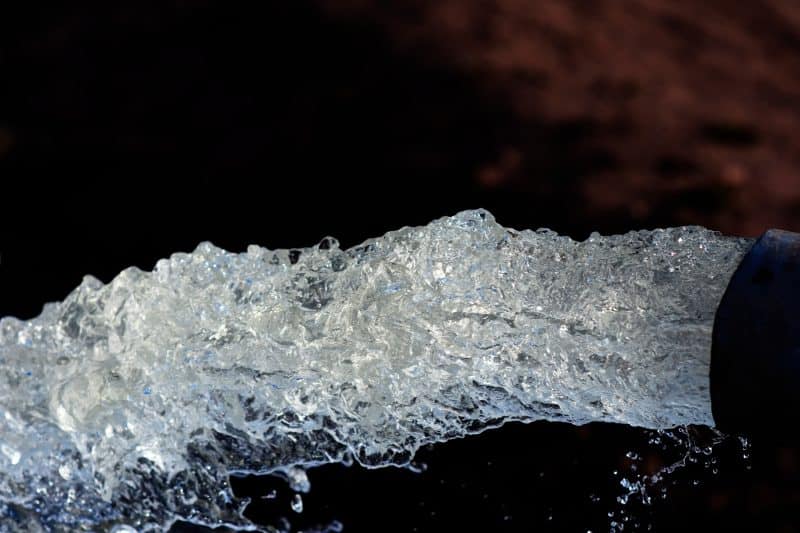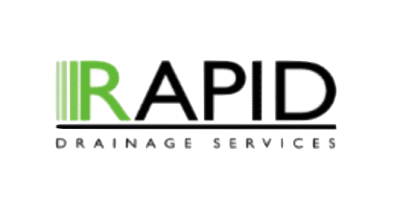How to Avoid Frozen Pipes This Winter
How to Avoid Frozen Pipes This Winter
Winter is coming – and while most of us prepare by stocking up on tea, jumpers, and de-icer, your home’s plumbing system needs its own kind of preparation.
When temperatures drop below zero, the water in your pipes can freeze solid. That might not sound too dramatic until you remember one small detail: frozen water expands. And when it expands inside your pipes, it can cause them to crack or burst, leading to leaks, flooding, and expensive water damage throughout your home.
In fact, according to the Association of British Insurers, burst pipes are one of the most common causes of winter home insurance claims in the UK, costing homeowners millions every year.
The good news? With a little preparation and the right know-how, you can prevent frozen pipes before they become a problem.
Here’s everything you need to know to keep your water flowing smoothly through the coldest months of the year.
1. Disconnect and Drain Outdoor Hoses
Let’s start outside, because your garden taps and hoses are often the first casualties of cold weather.
Once you’ve finished watering your plants or washing your car for the season:
Disconnect your garden hoses completely.
Drain any remaining water.
Store them indoors or in a shed.
Next, turn off the outdoor water supply using the indoor shut-off valve (usually found under the kitchen sink or near your stopcock). Once that’s done, open the outdoor tap to let any leftover water drain out.
Why it matters: if water is trapped in outdoor pipes or hose bibs, it can freeze and expand, bursting the pipe or damaging the tap.
For extra protection, buy inexpensive faucet covers from your local hardware store, they add an extra layer of insulation that keeps freezing temperatures at bay.
2. Insulate Vulnerable Pipes
Not all pipes are created equal – some are more exposed to cold air and therefore more likely to freeze.
Pipes in unheated areas such as lofts, basements, garages, and crawl spaces are at the highest risk. The solution? Pipe insulation.
You can pick up foam pipe sleeves, lagging, or wraps from any DIY shop. Simply cut to size and fit snugly around the exposed pipes. For added security, tape the joints and corners.
If you want to go a step further, consider using heat tape or thermostatically controlled heating cables, which gently warm the pipes when temperatures drop below a certain level.
Pro tip: Don’t forget the pipes under your kitchen and bathroom sinks – they often run along external walls where temperatures can plummet.
A little insulation can make a big difference, preventing freezing and saving you hundreds in potential repair costs.
3. Seal Air Leaks Around Pipes
Even the best-insulated pipes can freeze if cold air sneaks into your home. Conduct a quick inspection of areas where pipes enter or exit the house, especially around walls, floors, and foundations.
Look for:
Cracks or gaps near the sill plates (where the wall meets the foundation)
Small holes around cable and pipe openings
Poorly sealed windows or vents near plumbing lines
Seal these gaps with expanding foam, caulk, or insulating tape to stop draughts.
And if your garage has exposed plumbing, keep the door closed as much as possible – an open garage is like a giant ice bath for your pipes.
4. Let Warm Air Circulate Indoors
When it’s freezing outside, your home’s internal airflow can make a huge difference.
Open interior doors to allow warm air to circulate freely throughout the house. This prevents cold spots and ensures that rooms with pipes, like bathrooms and kitchens, stay warm enough to avoid freezing.
Also, open the cabinet doors under sinks to let warm air reach the plumbing. Just remember to move any cleaning products or chemicals out of reach if you have children or pets.
This small step alone can prevent pipes from freezing overnight – especially during severe cold snaps.

5. Keep a Consistent Indoor Temperature
We all love saving on heating bills, but turning your thermostat down too low in winter can be a costly mistake.
When the temperature drops suddenly, fluctuating heat levels inside your home make pipes more vulnerable to freezing. The best solution? Maintain a steady indoor temperature 24/7.
During cold weather:
Keep your thermostat set to at least 13°C (55°F) – even when you’re away.
If you work from home, resist the urge to turn the heating off in unused rooms – let it circulate evenly.
At night, keep heating on low instead of turning it off completely.
That extra few pounds on your heating bill is nothing compared to the thousands you could spend repairing burst pipes and water damage.
6. Prepare Before You Travel
If you’re planning to go away for a winter holiday or extended trip, take precautions before you leave.
Set your thermostat to maintain a steady temperature (13°C or higher).
Ask a neighbour or friend to check in on your home occasionally.
Turn off the main water supply and drain the system by running taps for a few minutes.
These simple steps can prevent you from returning to a flooded home – the worst kind of post-holiday surprise.
7. What to Do If Your Pipes Freeze
Sometimes, even the best preparation isn’t enough. If you turn on a tap and only a trickle comes out, your pipes may already be frozen.
Here’s what to do:
🚰 Step 1: Turn Off the Water Supply
Shut off your home’s main stopcock immediately to prevent pressure build-up.
🔎 Step 2: Inspect the Pipes
Check for visible cracks, bulges, or leaks. If you find any, keep the water supply off and call a professional right away.
♨️ Step 3: Gently Thaw the Pipe
If there are no visible leaks, try thawing the pipe using a hairdryer, heat lamp, or warm towels. Start from the tap end and work backward. Never use open flames or blowtorches, they can damage pipes or cause fires.
☎️ Step 4: Call in the Experts
If you can’t locate the frozen section or your pipes have burst, don’t take chances. Rapid Drainage provides 24/7 emergency drain services across Essex, with fast response times to stop leaks, thaw pipes, and prevent further damage.
8. Long-Term Prevention Tips
To protect your plumbing all year round:
Schedule an annual drainage inspection before winter hits.
Keep your loft and crawl spaces insulated.
Have a professional check your boiler and heating system to ensure everything’s running efficiently.
Label your main stopcock so everyone in your household knows where it is, every second counts in an emergency.
Regular maintenance not only prevents frozen pipes but also extends the lifespan of your entire drainage system.
9. Why Professional Help Matters
It’s tempting to DIY frozen pipe issues, but improper thawing or temporary fixes can make things worse. A professional engineer can quickly:
Identify the frozen section with CCTV drain surveys
Use safe, non-destructive thawing methods
Repair any cracks or leaks on the spot
Check your system for future vulnerabilities
At Rapid Drainage, we specialise in emergency drain services in Essex, whether it’s a burst pipe, frozen line, or winter flood, our engineers are on call 24/7 to help.
10. Final Thoughts: Stay Warm, Stay Prepared
Frozen pipes are one of winter’s most avoidable disasters, but only if you prepare. With insulation, good airflow, and consistent heating, you can keep your plumbing safe and your water flowing freely, no matter how cold it gets.
And if the worst does happen? You know who to call.
📞 Call Rapid Drainage today
🌐 Visit https://rdrainage.co.uk/contact-us/ to book emergency drain services in Essex or schedule a winter plumbing inspection.
When the cold hits, we’ve got your pipes covered – literally.


